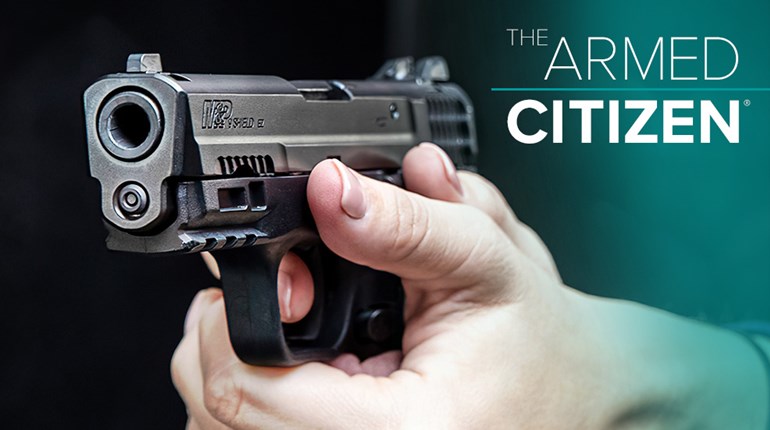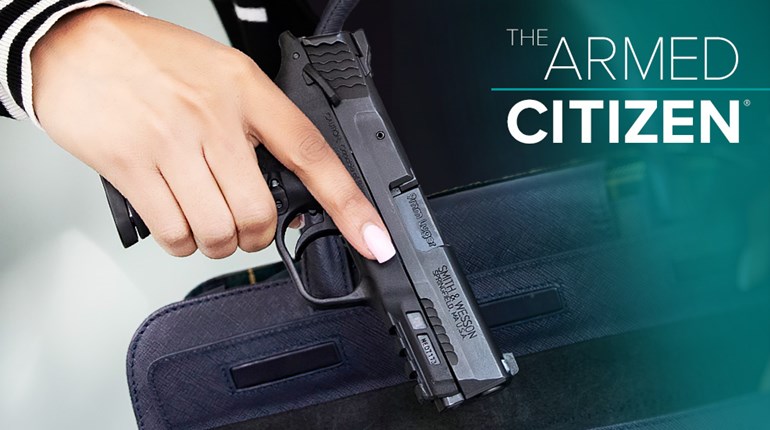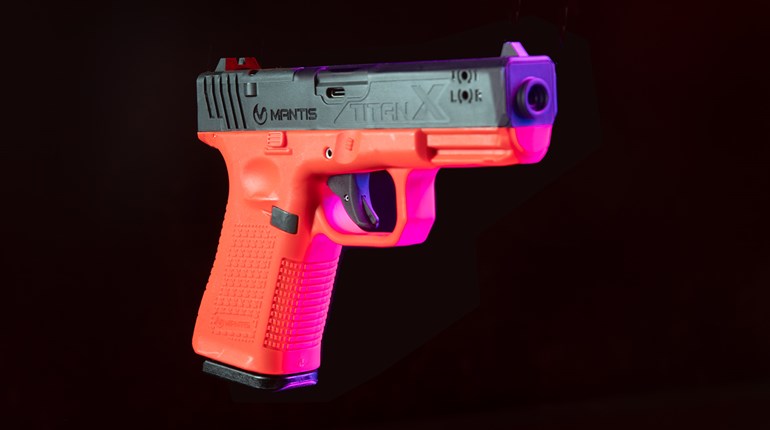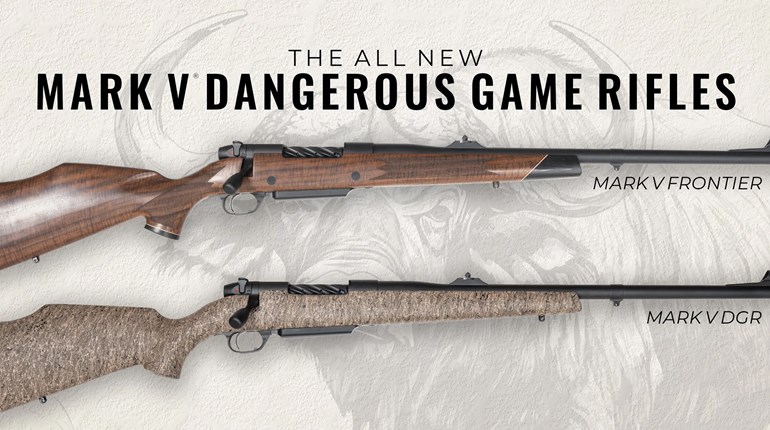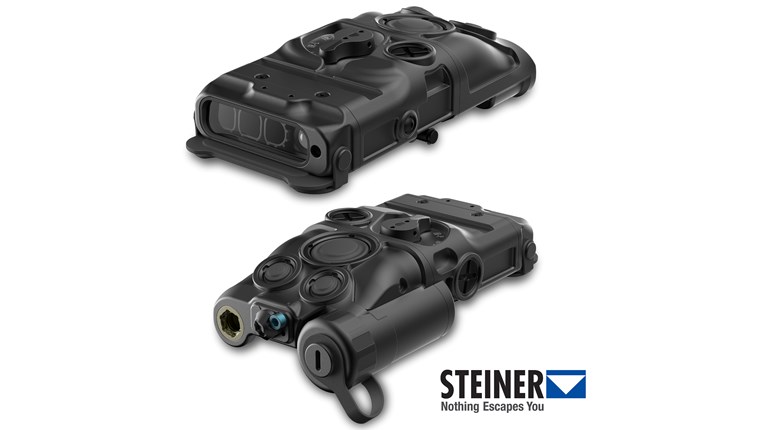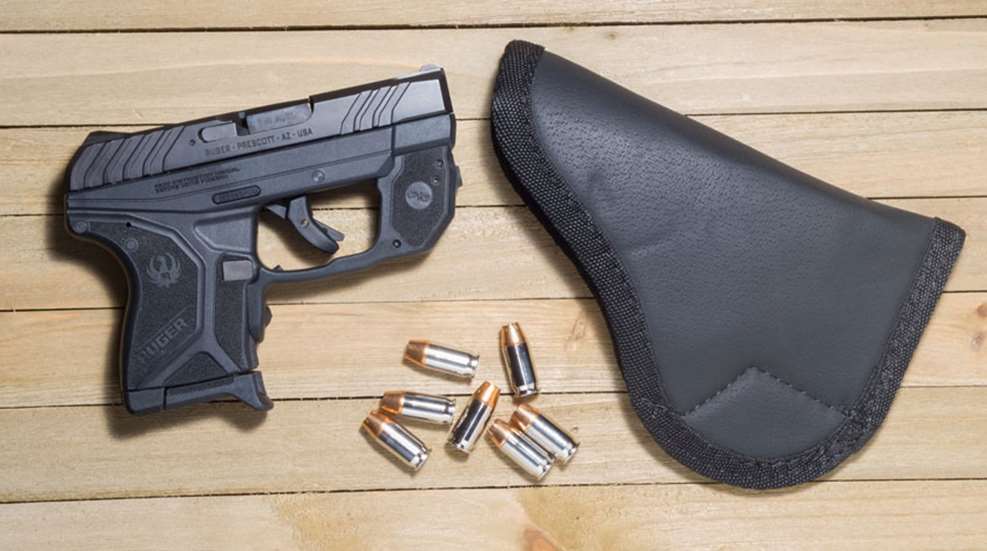
I’ve had to rely on pocket guns as my primary defensive firearm away from home for years because of the dress code at my work. Right now, my carry gun of choice is a Ruger LCP2, but in the past, I’ve carried other small .380 autos and a variety of revolvers, usually in .38 Special. However, I don’t consider just carrying a gun to be an effective means of protection: I also want to know what I can and can’t do with my defensive pistol of choice.
Most defensive pistol practice drills assume two things: You have access to a pistol bay or outdoor range that allows you to set up multiple targets and draw from a holster, and you’re shooting those drills with a standard, full-size service pistol. There are two problems with these assumptions. First, the Ruger LCP has been one of the best-selling guns over the last 10 years but it is definitely not a full-size pistol, and many people shoot on indoor ranges that have strict restrictions on what you can do on the firing line. To get around both of these problems, here are five drills you can shoot and practice with on most indoor ranges.
Keep in mind that even though you’re carrying your gun in your pocket, you still need to keep it in a holster. A good holster performs two functions: It helps prevent accidental discharges by keeping unwanted stuff out of the trigger area of your gun, and it helps keep the gun in a consistent position which allows for a consistent and smooth draw.
Another essential piece of gear is a shot timer so you can set par times for these drills. While dedicated shot timers are very useful, there are a wide variety of shot timer apps for your smartphone with prices ranging from free to just a few dollars, and any one of those apps will work just fine for these drills,
Drill #1: Dry-Fire Trigger Practice.
This drill sounds easy, but you would be amazed by how many people can’t press the trigger without pulling their sights off-target. Dry-fire practice is the fastest, easiest and least expensive way of solving that problem. First, make sure your gun is completely empty and there is no live ammo in the room. Then, with the gun pointed in a safe direction, get into a firing stance, grip the gun and press the trigger so your sights remain on-target before, during and after you hear the “click” of hammer/striker falling on an empty chamber. Repeat as often as needed.
Drill #2: Dry-Fire Draw Practice
This drill helps you learn a smooth, consistent draw from concealment. Using the same safety procedures as with the previous dry-fire drill, put your pistol in your holster, then place it your concealment location of choice. Place an 8½ X 11-inch piece of paper on the wall (in a safe direction) about 3 to 5 yards away. Set your timer for a three-second par time. When the buzzer goes off, draw your pistol and get your sights squarely on-target before the par time buzzer sounds. Repeat as needed.
Drill #3: The 5x5
This drill, and the drills that follow, are all live-fire drills and should only be done on a shooting range, so please keep the rules of gun safety in mind as you practice them.
This version of the 5x5 Drill was originally created by Gila Hayes, and is a good way to get used to shooting accurate groups under the pressure of a timer. Draw two 5-inch circles on your target (or use this printable version), set it out at 5 yards and load your pistol with five rounds. Set the par time on your timer for five seconds, and bring your gun to the low ready. When the timer goes off, put all five rounds into the circle within the par time. The goal here is accuracy under pressure: You want to make sure every round is headed into the 5-inch circle all throughout your trigger press. Repeat the drill four more times, for a total of 25 rounds. Passing is all 25 rounds in the circles in 25 seconds or less.
Drill #4: Strong Hand Only / Support Hand Only
There is a very good chance that if, God forbid, you have to defend your life with your defensive pistol, you’re going to have to do it from an awkward position and won’t be able to get a traditional two-handed grip on your gun or shoot from a traditional shooting stance. Strong-hand-only and support-hand-only drills are a good way to get used to those non-standard shooting situations before they are needed. Load your pistol to capacity and set out a 5-inch target at 5 yards (or whatever the minimum distance is on your range). Place all your shots within that 5-inch circle, first with your strong hand only, then with your support hand. There is no par time for this drill: Take as long as you need to make the shot. Pass is all your rounds within the circle.
Drill #5: Failure To Stop Drill
AKA The Mozambique Drill. This is very useful drill for pocket pistols, because typically they don’t hold a lot of ammunition and the ammo they do hold tends to be underpowered. This drill works with just about any of the man-shaped targets you’ll find at your local range, or you can create your own target by drawing an 8-inch circle on a target, then drawing a 3x5-inch box approximately a few inches above that circle. Place the target 5 yards away, load your pistol with at least three rounds and set your par timer for three seconds. When the buzzer sounds, place two shots into the 8-inch circle from the low ready position, then slow down and shoot one into the 3x5 box above that. This drill helps teach you when it’s time to shoot quickly and get decent hits, and when it’s time to take your time and make that one vital shot.
The key to all these drills is consistent practice, because you’re not going to rise to the occasion when needed, but rather you are going to fall back to your lowest level of repeatable competency.














